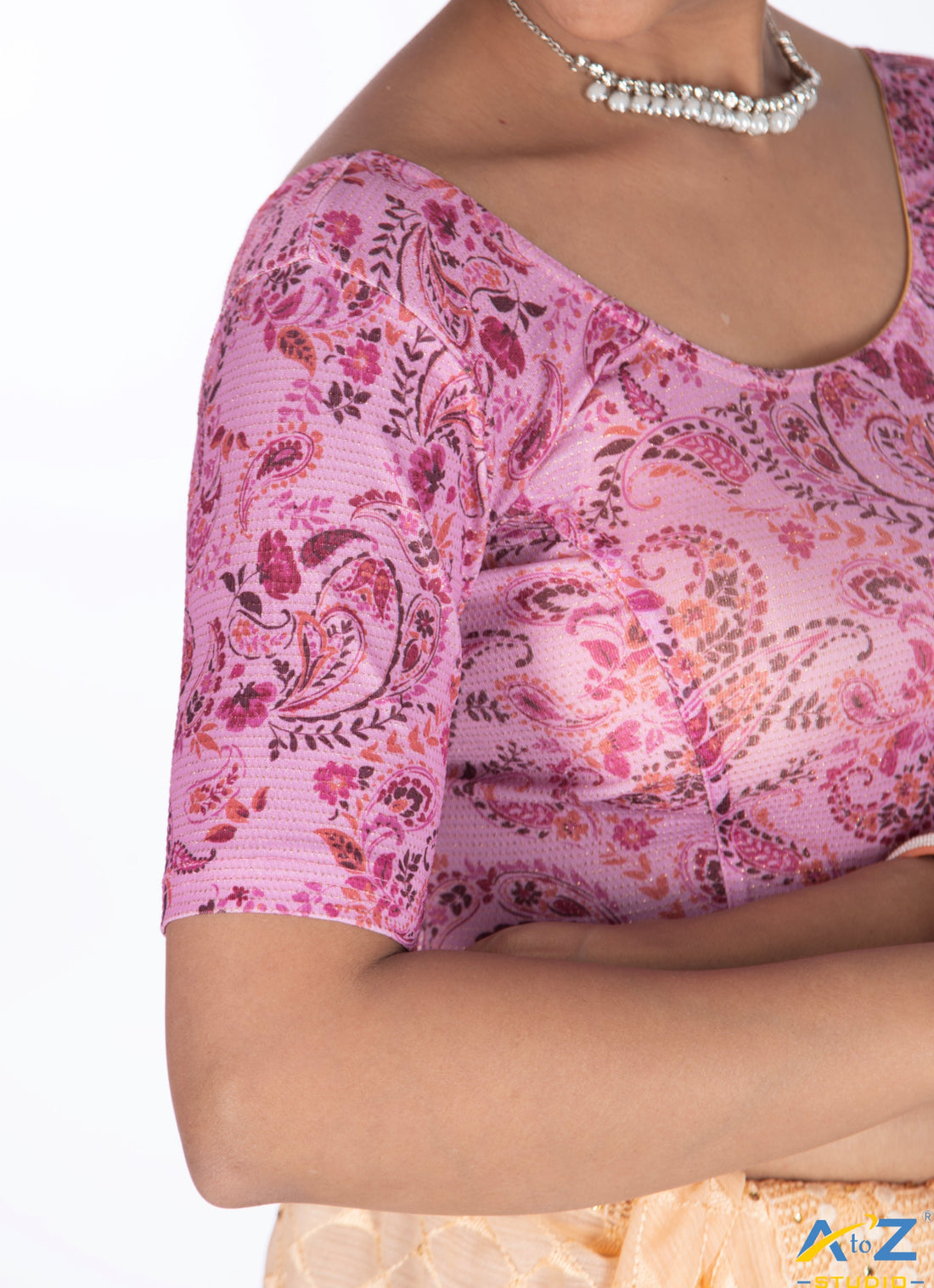
A Guide to Blouse Care and Maintenance: Tips to Keep Your Blouses Looking New
Share
Blouses are an essential part of any wardrobe, especially for occasions like weddings, parties, and formal events. Whether it’s a delicate bridal blouse or a versatile stretchable one, proper care and maintenance can extend the life of your favorite pieces and keep them looking as good as new. This guide will walk you through effective washing, storage, and handling tips tailored for blouses.
1. Understanding Fabric Types
Blouses come in a variety of fabrics, each requiring unique care. Here are some common blouse materials and their characteristics:
-
Silk: Luxurious and delicate, often used in bridal blouses. It’s prone to stains and requires gentle handling.
-
Cotton: Durable and breathable, suitable for everyday wear.
-
Velvet: Rich in texture but sensitive to water and pressure.
-
Lace: Delicate with intricate designs that need special attention.
-
Stretchable Fabrics: Often a blend of materials, they require gentle washing to retain elasticity.
Before washing or treating any blouse, check the care label for specific instructions.
2. Washing Tips
Proper washing is crucial to maintaining the quality and color of your blouses. Follow these tips:
Hand Washing
-
Fill a basin with lukewarm water and add a mild detergent.
-
Submerge the blouse and gently swish it around. Avoid scrubbing or wringing.
-
Rinse thoroughly with clean water and press gently to remove excess water.
Machine Washing
-
Use a delicate cycle and place the blouse in a mesh laundry bag.
-
Opt for cold water and mild detergent.
-
Avoid overloading the machine to prevent damage.
Dry Cleaning
-
For silk, velvet, and heavily embellished blouses, professional dry cleaning is often the safest option.
Avoiding Color Bleeding
-
Wash dark and vibrant blouses separately to prevent color transfer.
-
Add a cup of white vinegar to the rinse cycle to set the color for new blouses.
3. Drying Techniques
-
Lay blouses flat on a clean towel to dry. Avoid hanging wet blouses as they may stretch out of shape.
-
For silk and lace, dry in a shaded area to prevent fading.
-
Ensure blouses are completely dry before storage to avoid mildew.
4. Ironing and Steaming
-
Use the appropriate heat setting for the fabric. For instance, silk requires a low heat setting with a pressing cloth.
-
Steam is ideal for removing wrinkles from delicate fabrics without direct contact.
-
Avoid ironing embellishments directly; place a thin cloth between the iron and the blouse.
5. Storage Advice
Proper storage can protect your blouses from dust, moisture, and pests:
-
Fold or Hang:
-
Fold stretchable and heavily embellished blouses to avoid distortion.
-
Hang lightweight blouses on padded hangers to maintain their shape.
-
-
Use Storage Bags: Store silk and lace blouses in breathable cotton bags to prevent yellowing.
-
Avoid Plastic Covers: They can trap moisture and cause discoloration over time.
-
Add Sachets: Use lavender or cedar sachets to keep pests away and add a pleasant fragrance.
6. Handling Stains
Accidents happen, but quick action can save your blouse:
-
Oil Stains: Sprinkle talcum powder or cornstarch to absorb the oil before washing.
-
Wine Stains: Dab the area with cold water and blot with a cloth. Avoid rubbing.
-
Makeup Stains: Gently dab with a makeup remover or mild detergent solution.
7. Long-Term Maintenance
-
Rotate your blouses to avoid excessive wear on any single piece.
-
Inspect for loose threads, beads, or embellishments and repair promptly.
-
Avoid exposing blouses to direct sunlight for prolonged periods.
Conclusion
With the right care and maintenance, your blouses can stay as stunning as the day you bought them. By understanding the needs of different fabrics, following proper washing techniques, and storing them carefully, you can ensure that your favorite pieces remain wardrobe staples for years to come. Invest a little time and effort, and your blouses will thank you with enduring elegance.
